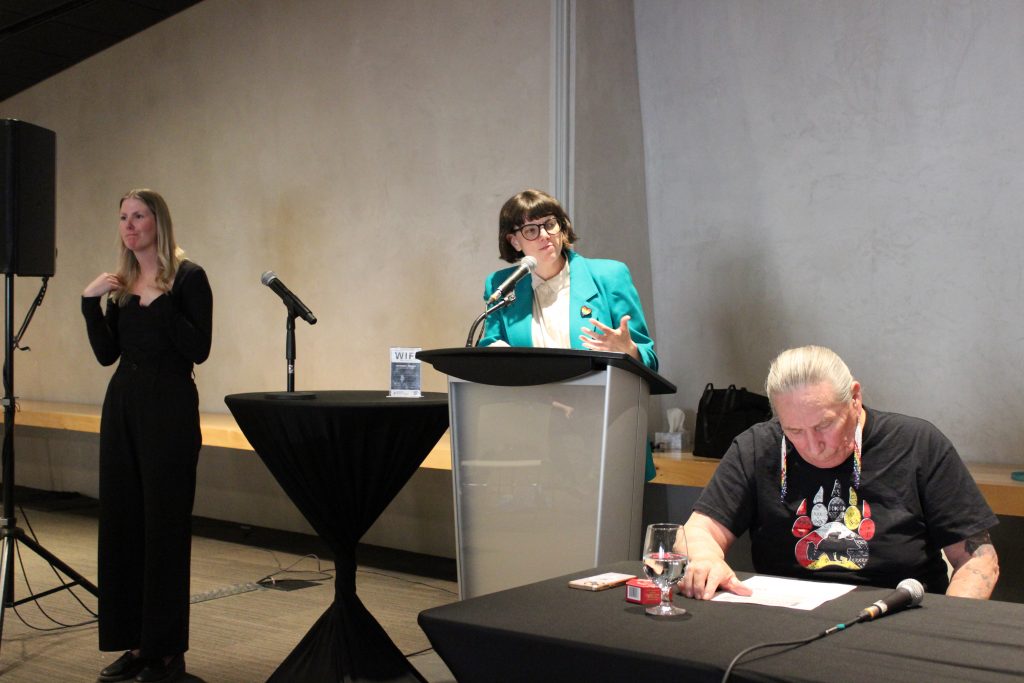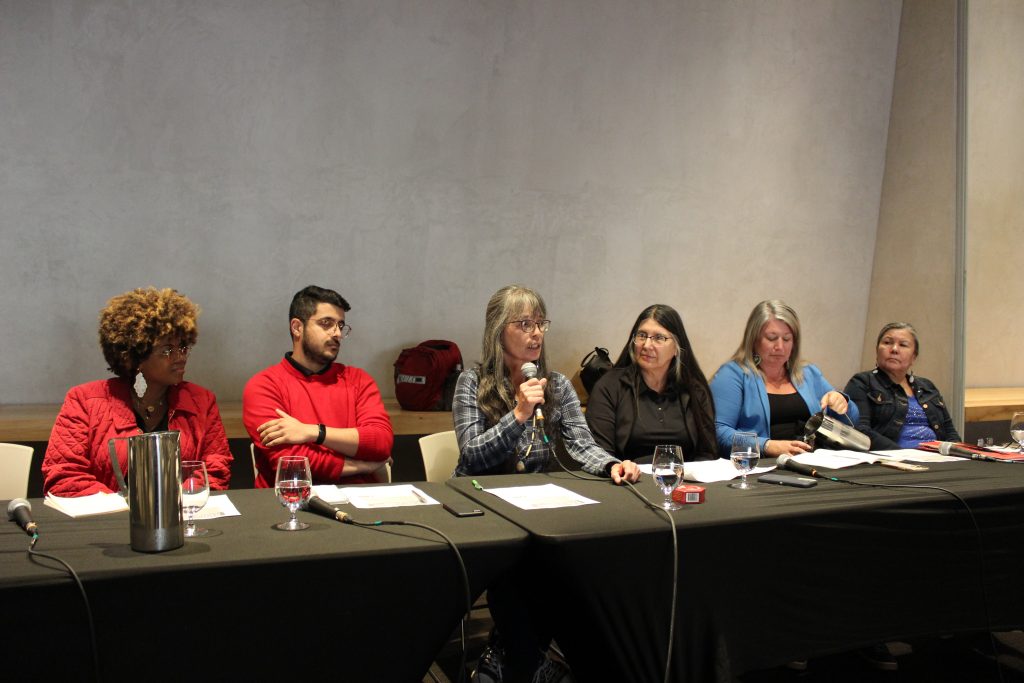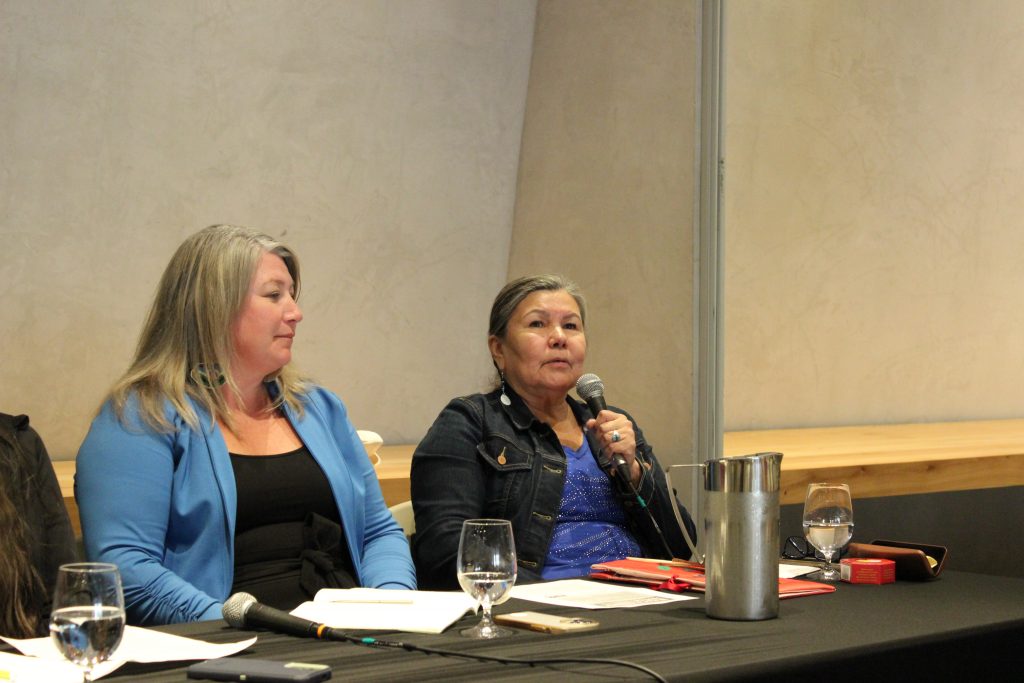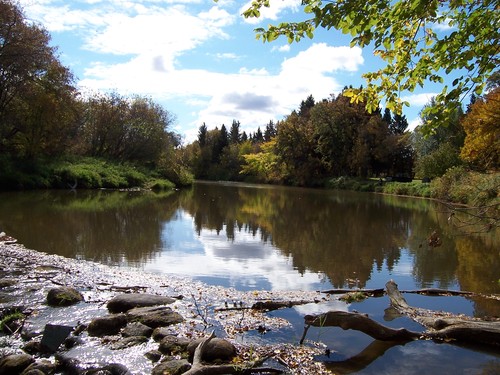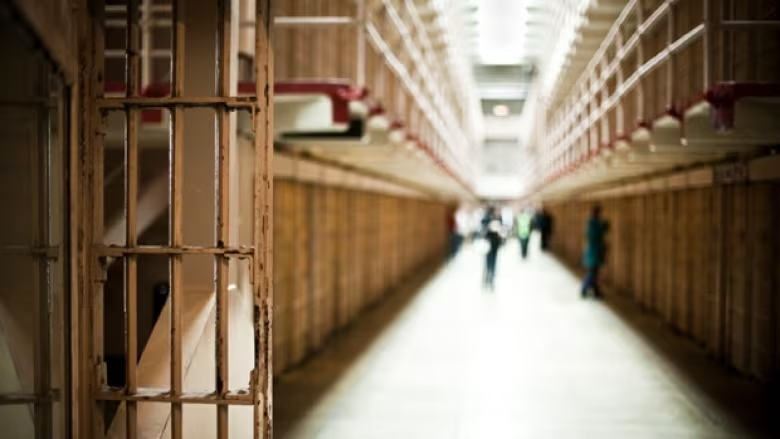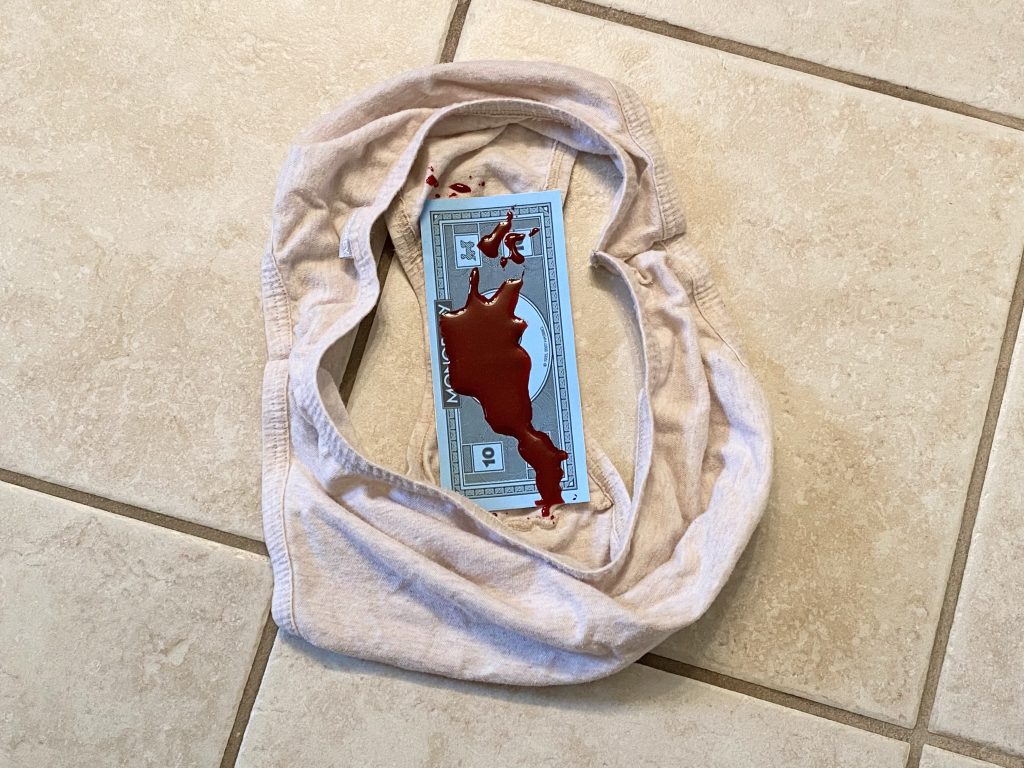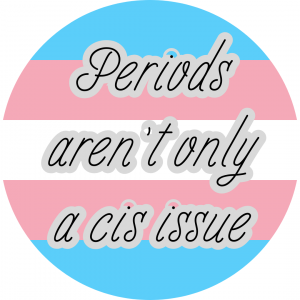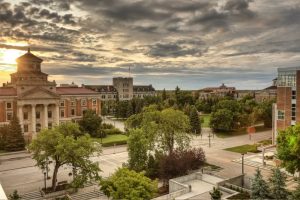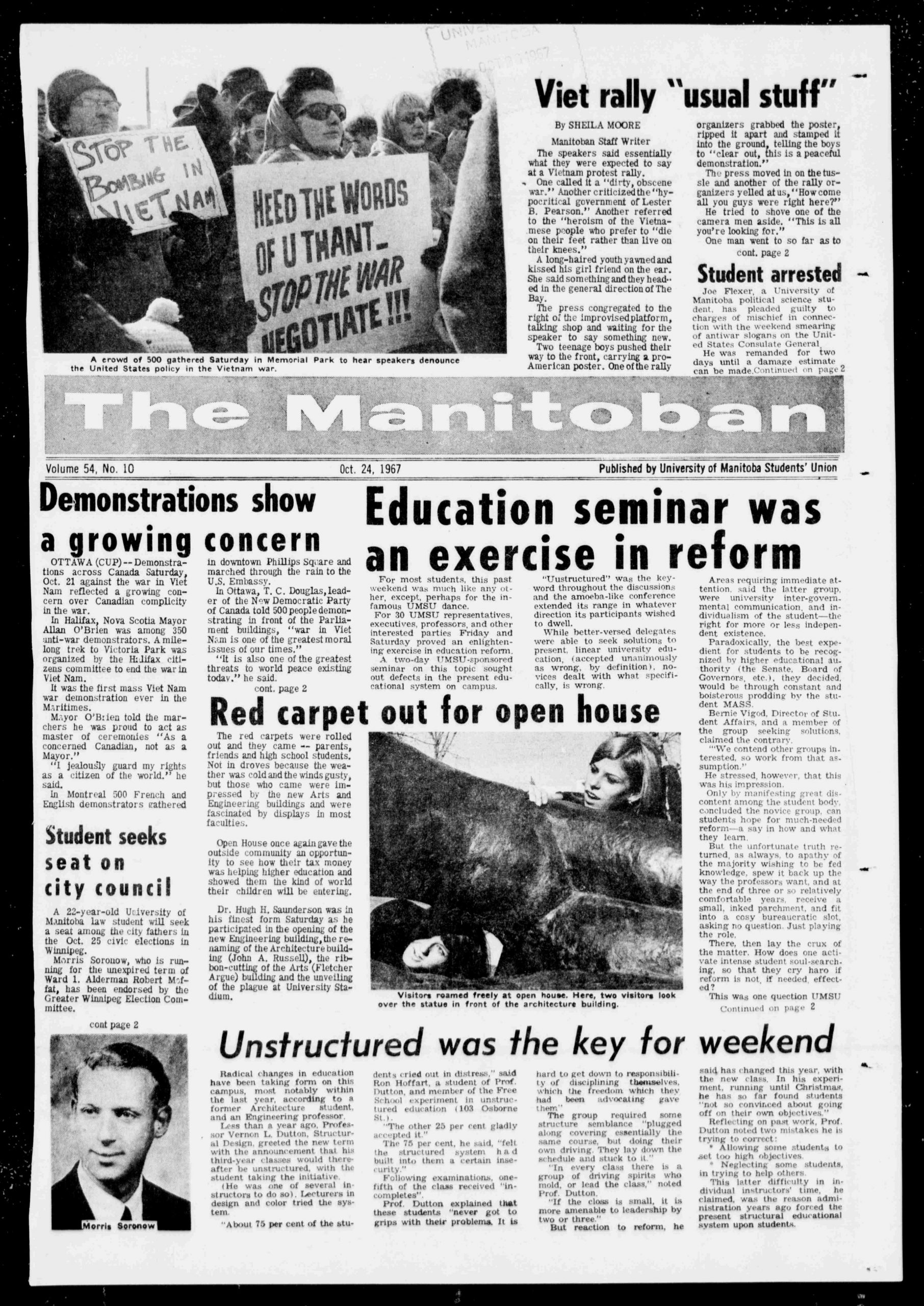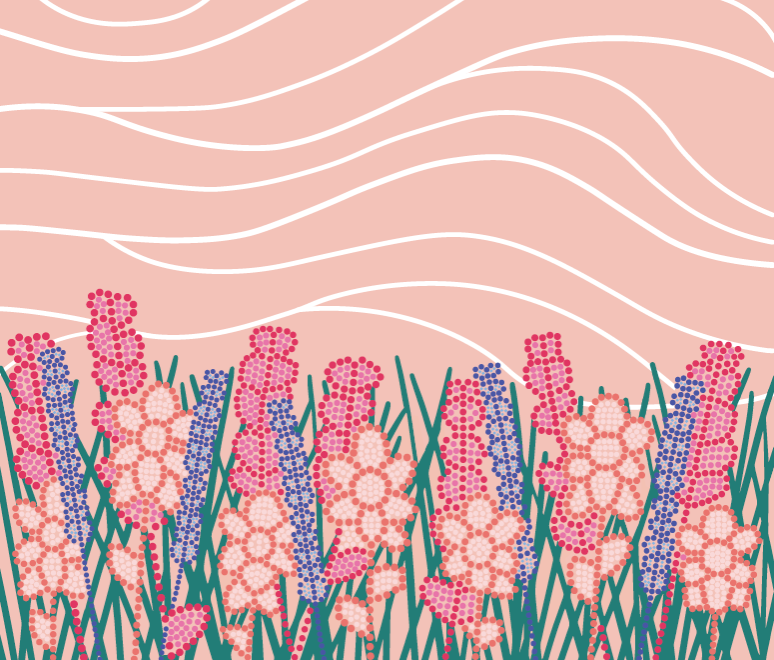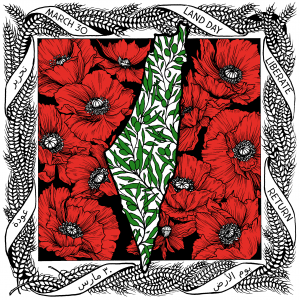By Sean Carleton, Alan Lester, Adele Perry, and Omeasoo Wahpasiw
As published on Active History: History Matters
Residential school denialism is on the rise in Canada and meaningful reconciliation is at risk.1 After the release of the Truth and Reconciliation Commission’s Final Report in 2015, and especially since the Tk’emlúps te Secwe?pemc Nation’s 2021 announcement about the location of potential unmarked graves at the former Kamloops Indian Residential School and the confirmation of additional deaths at other schools across the country, many priests, pundits, and politicians across the country have engaged in what is known as residential school denialism.2
Denialists do not usually deny the residential school system’s existence, or even that it did damage. Rather, like in other cases of denialism, they employ a discourse that twists, distorts, and misrepresents basic facts about residential schooling to shake public confidence in truth and reconciliation efforts, defend guilty and culpable parties, and protect Canada’s colonial status quo.
Denialism spikes at predictable times, such as the anniversary of the Kamloops announcement (May 27) and Orange Shirt Day (marked in Canada on September 30 as the National Day for Truth and Reconciliation). Indeed, in the period leading up to and just following September 30, 2024, there were a number of concerning incidents of denialism – from the usual far-right publications promoting the “positives” of the genocidal IRS system to the spreading of conspiracy theories and disinformation by politicians and social influencers.3
In response, a number of Indigenous writers have pointed out the harms that denialism causes and stressed the need for settler Canadians to confront this dangerous phenomenon if Canada is serious about its commitment to truth and reconciliation.4
What is getting less attention, however, is residential school denialism’s global spread. Residential school denialism may have its origins in Canada, but it is increasingly circulating and being used around the world as part of a wider matrix of imperial apologetics – a transnational network of discourse that aims to defend the legacy of the British Empire in the metropole and former colonies.5

To read the full article, visit Active History at: https://activehistory.ca/blog/2024/12/10/exposing-residential-school-denialisms-transnational-network/#67ab4b7b-6fae-4bfe-a80e-86bf48ea8d10.
- See Niigaan Sinclair and Sean Carleton, “Residential School Denialism is on the Rise,” The Tyee, June 20, 2023, https://thetyee.ca/Opinion/2023/06/20/Residential-School-Denialism-On-Rise/; Brett Forester, “Residential School Deniers, White Supremacists Biggest Barrier to Reconciliation says Murray Sinclair,” APTN, January 12, 2021, https://www.aptnnews.ca/national-news/residential-school-deniers-white-supremacists-biggest-barrier-to-reconciliation-says-murray-sinclair/.
- Daniel Heath Justice and Sean Carleton, “Truth Before Reconciliation: 8 Ways to Identify and Confront Residential School Denialism,” The Conversation, August 5, 2021, https://theconversation.com/truth-before-reconciliation-8-ways-to-identify-and-confront-residential-school-denialism-164692; Ashley Joannou, “At Least 55 Children Died or Disappeared at Residential School Near Williams Lake, B.C.: Report,” Global News, October 12, 2024, https://globalnews.ca/news/10809465/williams-lake-residential-school-remains/; Brett Forester, “Coroner’s Probe Finds 220 Additional Deaths at Ontario Residential Schools,” December 2, 2024, https://www.cbc.ca/news/indigenous/coroner-ontario-residential-schools-investigation-1.7396884.
- See, for example, Charyl Chan, “BC Election: Conservative Candidate Under Fire Again, This Time Over Residential Schools,” Vancouver Sun, October 11, 2024, https://vancouversun.com/news/local-news/bc-election-conservative-candidate-under-fire-again-this-time-over-residential-schools.
- Tanya Talaga, “Canada Must Stand Against Residential School Denialism,” Globe and Mail, October 10, 2024, https://www.theglobeandmail.com/opinion/article-canada-must-stand-against-residential-school-denialism/; Drew Hayden Taylor, “Residential-school Denialists Are Adding Insult to Injury,” TVO Today, October 9, 2024, https://www.tvo.org/article/opinion-residential-school-denialists-are-adding-insult-to-injury.
- Sathnam Sanghera, “Imperial Nostalgia Has Become So Extreme,” The Guardian, June 8, 2024, https://www.theguardian.com/books/article/2024/jun/08/imperial-nostalgia-has-become-so-extreme-sathnam-sanghera-on-the-conflict-surrounding-colonial-history.




